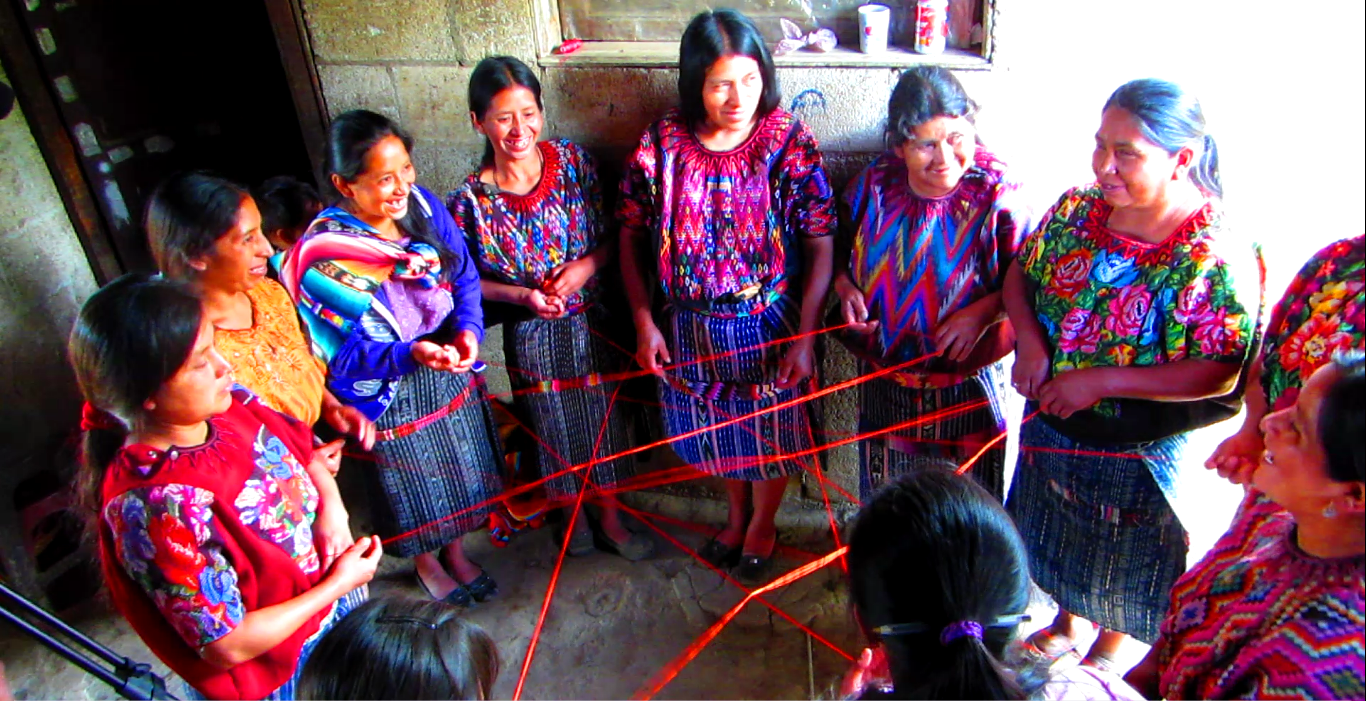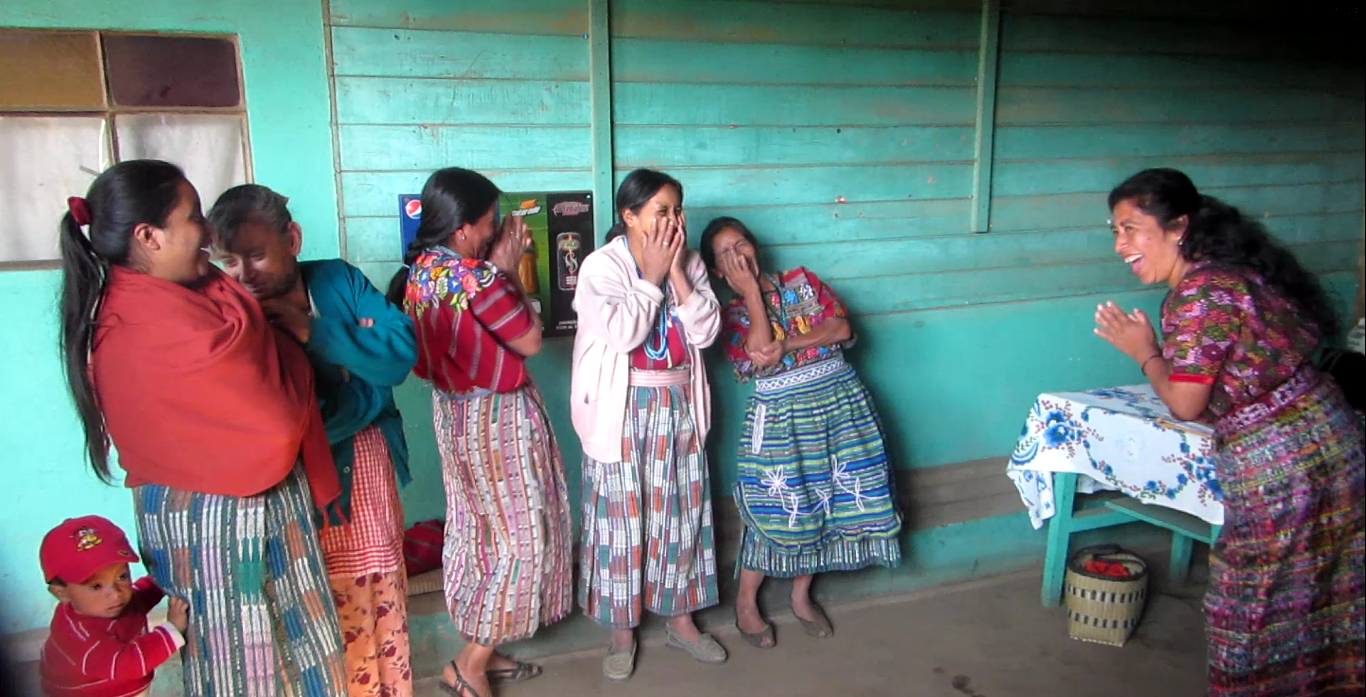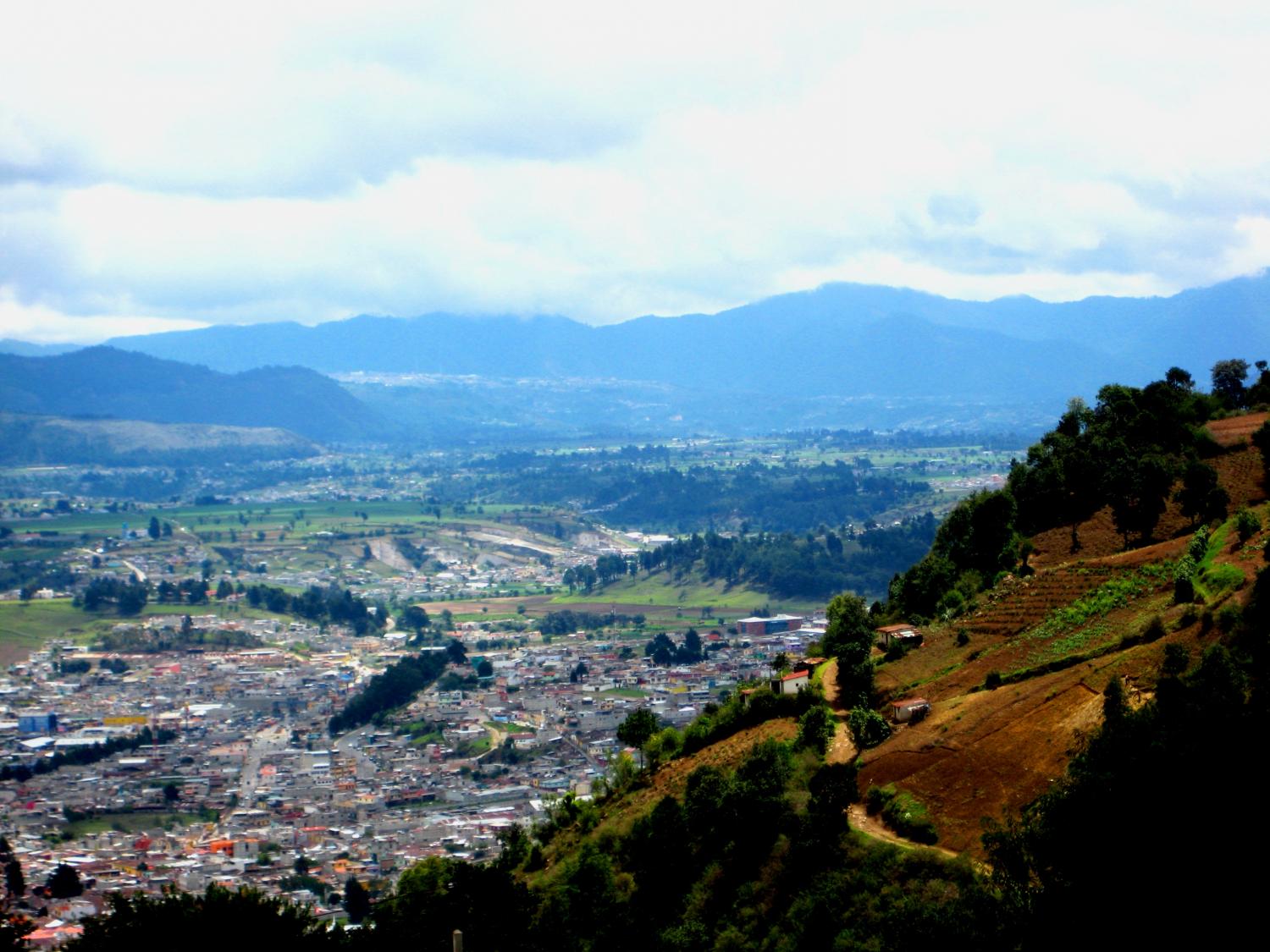Home • Microfinance • Article
Guatemala: Post-Conflict Microfinance - "From Swords to Plowshares"
June 18, 2013
Swords to Plowshares: Is Micro-finance the proper tool for post-conflict zones?
The following blog post will discuss why micro-finance is distinctly qualified as an holistic-development tool to affect lasting improvement in post-conflict zones. After establishing an understanding of the Guatemalan post-conflict context, I will discuss anecdotal and academic evidence of the economic and social benefits that micro-finance provides in post-conflict zones. This blog’s content will be drawing heavily from the report, “Microfinance and Social Impact in Post-Conflict Environments,” by Laura K. Messiner. Please consult her report HERE for a more in-depth analysis.
Guatemalan Background:
Peace accords in 1996 officially ended a 36-year civil war in Guatemala that claimed the lives of roughly 200,000 civilians. Fought between the national military government and leftist guerilla groups, extensive recruitment by both sides involved all aspects of Guatemalan society. On top of collateral damage from non-conventional counterinsurgency warfare, widespread disappearances, arson, sexual violence, and torture characterized the conflict, especially among rural indigenous communities. U.N. research, and recent Supreme Court rulings have confirmed crimes against humanity and genocide during the civil conflict. In fact, it was a primary objective of the ruling administration to break the social cohesion of rural and indigenous groups so as to weaken the rebel support-base.
As noted in the 1999 report, Guatemala Nunca Mas, the extensive militarization during the civil war “dominated the daily life of every village or neighborhood, trampling local values and culture.” Civil conflict in any context affects individuals and communities collectively. Looking at the case of Guatemala, can we determine whether micro-finance is or was the proper tool to provide economic and social benefits to a healing society?
 "The Guatemalan Civil War claimed countless lives and peaked in civilian violence during General Rios Montt’s 17 months in power. On May 10th Efrain Rios Montt was convicted for genocide and crimes against humanity. See my previous blog post for a more in-depth analysis of the impact on indigenous Guatemalan community."
"The Guatemalan Civil War claimed countless lives and peaked in civilian violence during General Rios Montt’s 17 months in power. On May 10th Efrain Rios Montt was convicted for genocide and crimes against humanity. See my previous blog post for a more in-depth analysis of the impact on indigenous Guatemalan community."Social Benefits:
Individuals in post-conflict situations often demonstrate risk aversion, especially in their social networks. For instance, the Guatemalan government recruited heavily from indigenous communities and even used indigenous para-military allies in these communities to subvert guerrilla operations. “ It was impossible to acknowledge your best friends,” commented Gregorio, a local leader and Guatemalan resident whose family survived minor persecution during the Civil War, “if you said hello to a friend who may be tied to the guerrillas, government officials would question your connection and sequester you too.”
As noted by Laura Messier, “all of the damage from conflict results in low levels of community, trust, and social capital.” In the process of reconciliation, micro-finance, when complemented with a social-performance agenda and when conducted with a solidarity-group-lending model, can restore some degree of this social capital. For instance, institutions that have “poverty-focused” programs, as noted by Muhammad Yunus in his book, "Creating a World Without Poverty," are designed to alleviate both social and economic pressures. The Grameen Bank Micro-credit methodology of best practices throughout the world includes a “simultaneous undertaking of a social development agenda addressing basic needs of the clientele.” In the forms of supplementary pre-credit training, financial education, entrepreneurial training, and health education classes, this approach is designed to “raise the social and political consciousness of the newly organized groups.”
 "Here a solidarity group / trust bank from the MFI, Friendship Bridge learns about solidarity. In this interactive dynamic, borrowers pass ball of yarn in the group, where each member introduces themselves and their respective business. Once the yarn has been passed completely around the circle, the Loan Officer asks the members to describe what they notice. A web has been created and if one member drops their piece of yarn, the whole web gets tangled. In the same way, a solidarity group lending model is dependent on trust and teamwork."
"Here a solidarity group / trust bank from the MFI, Friendship Bridge learns about solidarity. In this interactive dynamic, borrowers pass ball of yarn in the group, where each member introduces themselves and their respective business. Once the yarn has been passed completely around the circle, the Loan Officer asks the members to describe what they notice. A web has been created and if one member drops their piece of yarn, the whole web gets tangled. In the same way, a solidarity group lending model is dependent on trust and teamwork." Trust is essential for effective micro-finance, especially models that depend on non-traditional solidarity collateral agreements. Messier asserts that, “since group lending relies on social capital as a collateral substitute for loans, post-conflict MFIs may have to build up social capital just to ensure repayment.” Some would argue that financial premises of micro-finance require a fertile social context as a prerequisite. Others contend that non-financial services by the MFI can account for the fragile social context.
In the case of Guatemala, I have personally seen friendships and family bonds strengthened in the monthly micro-finance meetings. Aside from regular church gatherings, monthly micro-finance repayment meetings serve as one of the only formal social functions for many borrowers. In the process of conducting due-diligence for Kiva's field partner, Friendship Bridge in Guatemala, I have witnessed a flourishing social context that has been fostered by micro-finance lending. I have been a part of lively discussion, rolling laughter, and dynamic games at almost each group I have visited. I have seen children nursed by multiple women, emergency loans between borrowers to cover monthly dues, and a genuine camaraderie rarely seen between neighbors in suburban cul-de-sacs. These women have found solace and support through their micro-finance trust banks at Friendship Bridge.

An auxiliary effect of the post-conflict situation has been an evolution away from misogynistic gender roles. With the high incidence of widows from the civil conflict, women throughout Guatemala have had to take a provisional role for their families in what was once a heavily patriarchal society. Complementing this development, micro-finance institutions like Friendship Bridge seek to empower women by equipping them with financial services and non-formal education programs. Friendship Bridge who began their Guatemalan micro-finance operations with 20 indigenous widows from the Civil Conflict, holds strongly to the belief that empowered women will create their own solutions to poverty for themselves, their families, and their communities. Roberto Ibarra, the non-formal education program director for Friendship Bridge stated that, "clients often discover talents and build bonds with their trust bank members and their loan officers to overcome daily challenges.”
Economic Benefits:
Post-conflict risk aversion as mentioned above has also been noted to stagnate an economy, where individuals are more likely to save and stockpile resources than invest or bring merchandise to market. “With so much uncertainty, we [Guatemalan residents] are afraid to take risks,” recounted Julisa, a local store owner from the Western Highlands. She continued, “it’s easier to keep your head down like a slave than stand out [and take a risk].” Solidarity group-lending models of micro-finance offer a forum by which market information is shared, technological developments are discussed, and personal opinions are welcomed. In fact, Friendship Bridge offers basic financial education in conjunction with their loan products to prepare clients for credit and bolster economic strength in the market. Loan officers frequently share how micro-finance borrowers have seen economic growth through the infusion of capital, but also from the business management/customer-service training that accompanies the microfinance loans.
Furthermore, I can attest to economic bonds formed between borrowers. Within solidarity lending groups, collaboration is common, but there are cases where bonds extend beyond immediate solidarity groups. For instance, Feliza from the low-land agricultural village of Tecpan is now in selling some of her strawberry crop to Otilia’s marmalade business in the highlands of Quiche. This connection was fostered through the micro-finance institution and has served to bridge neighboring indigenous communities.
 Local farmer, Epifano, featured in this article's first photo, commented that some farmers need to harness themselves to trees when working their fields due to the steep terrain. The Western Highlands are characterized by severe canyons and harsh soil where neither large plowing animals nor advanced machinery can gain access. Thus the "Azadon" or large hoe is the ideal tool."
Local farmer, Epifano, featured in this article's first photo, commented that some farmers need to harness themselves to trees when working their fields due to the steep terrain. The Western Highlands are characterized by severe canyons and harsh soil where neither large plowing animals nor advanced machinery can gain access. Thus the "Azadon" or large hoe is the ideal tool."Over-indebtedness Prevention, A Caveat to Post-Conflict Microfinance:
Micro-finance is remarkable form of poverty allieviation in a post-conflict zone, but when pursued for exclusively financial benefits, it can be remarkably destructive as well. Today, over 200 institutions in Guatemala offer some form of micro-credit products. From Cooperatives, to MFIs, to corporate lending institutions, Guatemala has been inundated with credit possibilities. Unfortunately, many clients have been inadequately prepared to handle their loans and as a result, over-indebtedness has become a wide-spread problem. In a post-conflict context, it becomes that much more important that institutions responsibly prepare and manage the financial capacity of their clients. In light of the spread of over-indebtedness, Kiva has researched many institutions regionally and decided to partner with only four in Guatemala. In fact, one of Kiva’s regional field partners, Friendship Bridge, is spearheading a consumer protection campaign to prevent over-indebtedness.
Here, Dora, a former client from Friendship Bridge, recounts her personal journey into over-indebtedness as a cautionary tale in their consumer protection campaign.
In summary, micro-finance, in the form of solidarity group lending models that balance financial and social performance, has proven to be an effective tool for rebuilding a post-conflict Guatemalan society. It must be noted that this tool is not exclusively sufficient for reconciliation or economic recovery. Thus much like, the “azadon” hoe, this micro-finance tool must be employed in conjunction with infrastructural investment (organic fertilizer), and constant monitoring (daily cultivation). Furthermore, Meissner is careful to note that micro-finance may provide auxillary benefits in post-conflict zones, but, “If your most important goal is post-conflict reconciliation and the rebuilding of community (rather than providing high-quality financial services to the underserved), consider interventions besides microfinance.” In my opinion, micro-finance is an extremely powerful tool, but depending on the specific goals in a post-conflict zone, it must not be depended upon solely for the restoration of social cohesion and economic development. For holistic flourishing, micro-finance ideally must be complemented with socially-responsible impact programs.
For more information on:
For more information on:
- Kiva’s Microfinance Partners in Guatemala:
- Friendship Bridge, which lends exclusively to indigenous women in the western highlands of Guatemala,
- ADICLA whose diverse lending portfolio includes youth entrepreneurship and environmentally sustainable agricultural loans to Guatemala’s rural poor.
- Join the "Viva Guatemala" lending team and make a loan to borrowers from Friendship Bridge, and ADICLA today!
- The Trial of Efrain Rios Montt:














